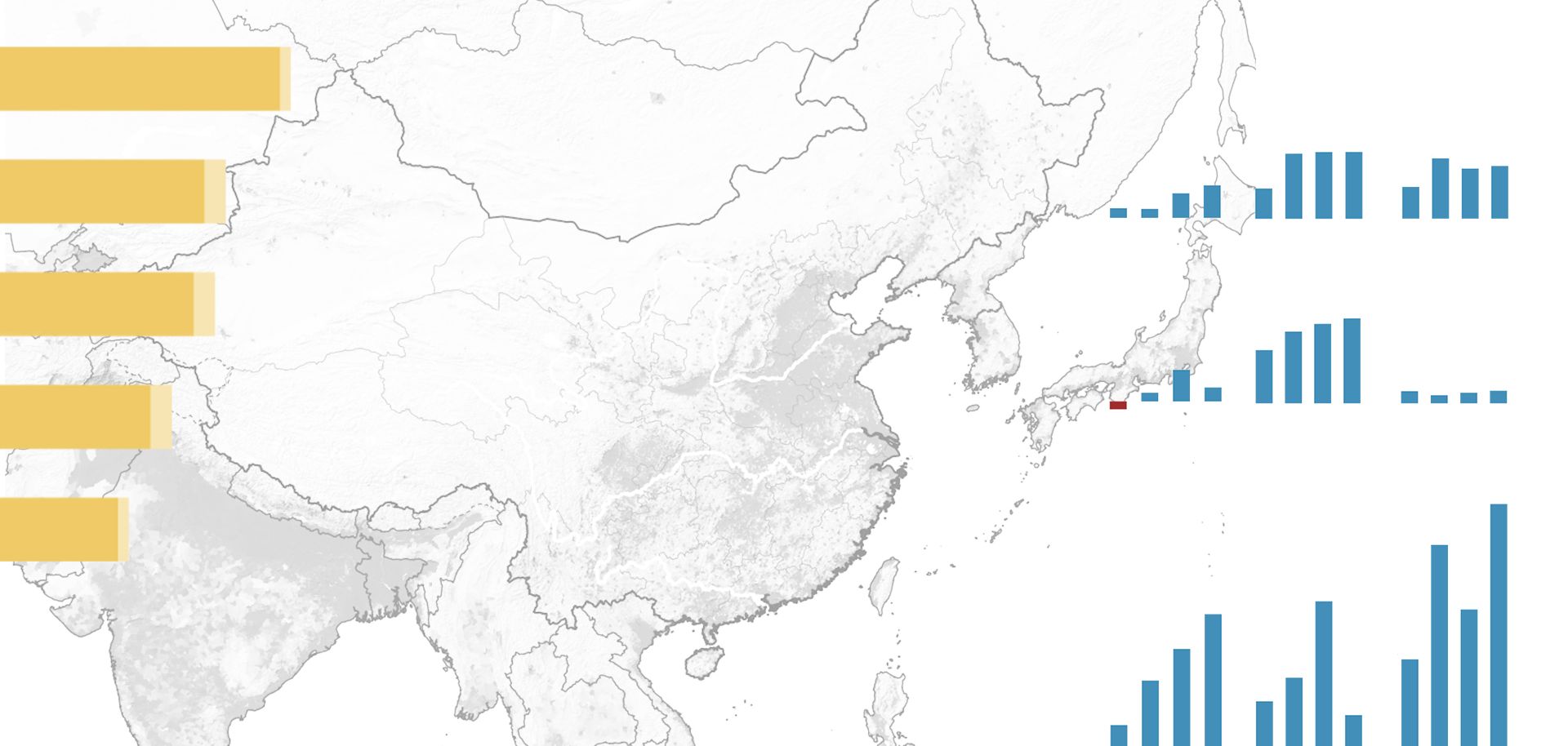
In recent years, China has harnessed its economic power to rapidly expand its military capabilities. In 2000, the Taiwanese military could still claim superiority in the Taiwan Strait, but, 15 years later, the Chinese military outmatches Taiwan and will continue to for quite some time. Taiwan has reacted by shedding its traditional force structure to move toward an anti-access and area denial strategy. But to change its military strategy, Taipei will have to overcome a number of obstacles.
At the moment, most of Taiwan's troops do not serve long enough to reach sophisticated levels of training. To develop a military suited for an anti-access strategy, Taiwan is pursuing the goal of an all-volunteer military through a massive recruitment drive, but military salaries are simply not competitive compared to the civilian market and public perception of military service is generally negative as well.
Taiwan will also need to procure and deploy highly precise, flexible and stealthier weapons such as submarines, anti-ship missiles and air defense missiles. But foreign powers have become unwilling to risk upsetting Beijing by selling weapons to Taipei, and Taiwan's domestic defense industry is not yet sophisticated enough to fulfill Taiwan's military needs.
Taiwan also faces funding challenges. Over the past decade, military allocations have hovered around 2 percent of GDP, in part because of the slowing pace of Taiwan's economic growth. In addition, the public has not prioritized military over domestic and social spending, considering an armed conflict with China as remote and unlikely. Still, even in the worst-case scenario, the new posture would afford Taiwan the chance of holding out while awaiting assistance from friendly forces such as the United States. Whatever the cost, an anti-access strategy gives Taiwan's forces the best chance to mount a credible enough threat to Chinese forces to deter Beijing from attacking in all but the most extreme circumstances.



